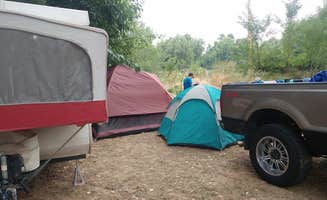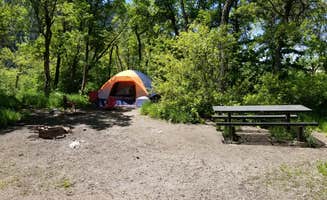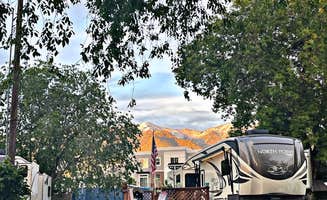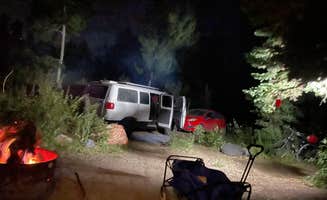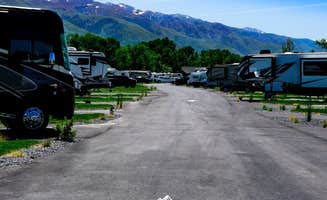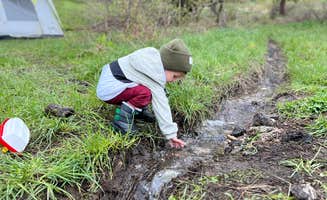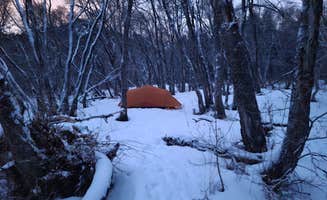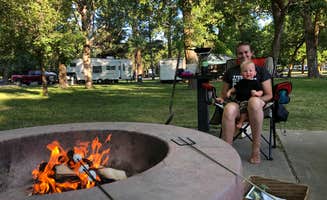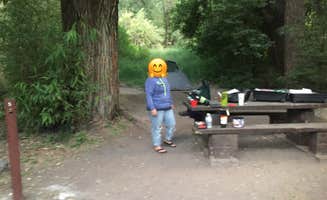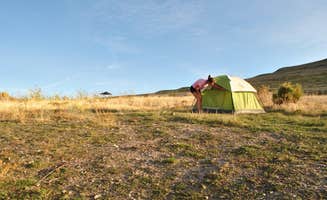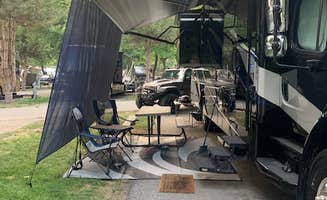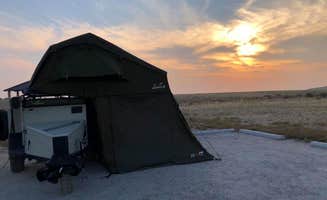Best Campgrounds near Fruit Heights, UT
The Wasatch Front region surrounding Fruit Heights, Utah features a diverse range of camping options within a 30-minute drive. Established campgrounds like Cherry Hill in neighboring Kaysville provide family-friendly tent and RV sites with full hookups, while Bountiful Peak Campground offers a more rustic mountain experience at higher elevations with seasonal operation from June to September. Several RV-focused facilities serve the area, including Riverside RV Resort in South Weber and Circle L Mobile Home and RV Community in Layton. For those seeking natural settings with lake views, Antelope Island State Park's Bridger Bay Campground lies approximately 20 miles northwest, offering primitive camping with wildlife viewing opportunities.
Seasonal considerations significantly impact camping availability in this region. Most mountain campgrounds operate from late spring through early fall, with Bountiful Peak's higher elevation sites typically closed until snowmelt completes, usually by late June. Reservations are essential during summer weekends at popular locations like Lagoon RV Park in Farmington, which operates from May through October. As one camper noted about Anderson Cove campground: "Tucked away from SLC, it's a perfect little oasis. It is next to a moderately busy road that connects mountain towns, but it's much quieter than anything you'll find in SLC and the drive is absolutely stunning." Fire restrictions commonly affect the area during dry summer months, particularly at lower elevations.
Wildlife viewing opportunities represent a significant draw for campers in the region. Antelope Island State Park provides exceptional bison and antelope sightings, with one visitor recommending: "We are partial to winter due to the absolute lack of bugs and stunning contrast of the bison on fresh snow. Our 2nd favorite season is early spring before the bugs come out in full swarm." Urban-adjacent campgrounds often experience traffic noise, with several reviewers noting highway sounds at sites closer to I-15 and I-84. Proximity to water features varies significantly between locations, with some offering lake or river access while others focus on convenience to urban amenities. Campers seeking quiet natural settings should prioritize higher elevation sites in the Wasatch Mountains rather than valley floor locations.


